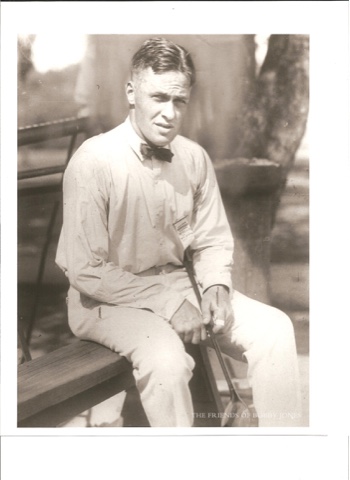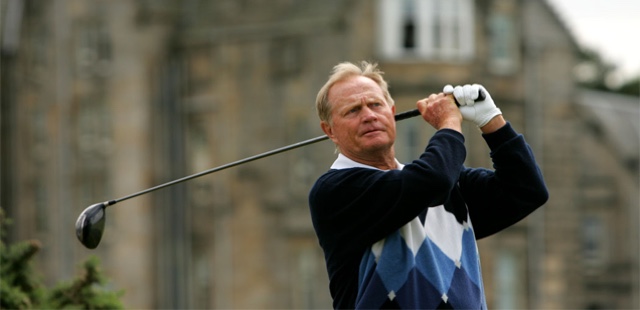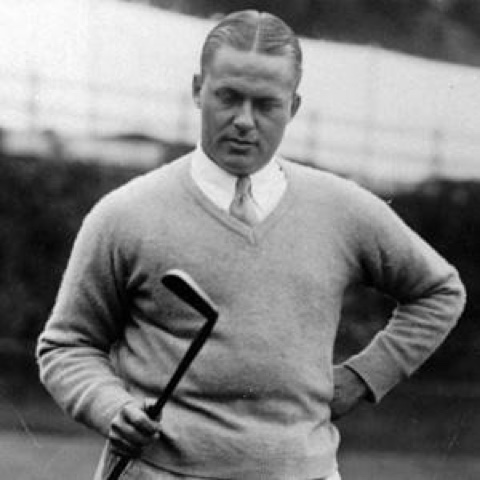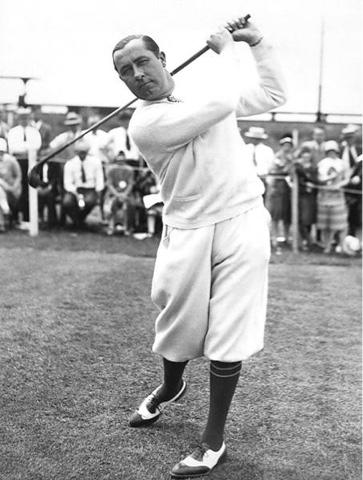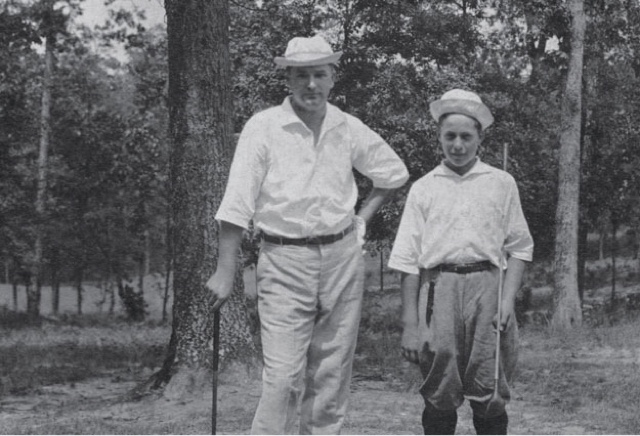In his book Bobby Jones on Golf, Bobby talked about playing his best and offered some sage advice. He wrote:
"Of all the times that I have struggled around the golf course, there are a few easy rounds that stand out in my memory. These are the ones I should like to play over again, and it would not take long, for there are not that many. One at Sunningdale, England, one at East Lake in Atlanta, two at Augusta, Georgia (both in one day), one at Interlachen in Minneapolis, and that's about it. Other scores were as good, but no other rounds were as satisfying.
Strangely, perhaps, one thing stands out about all those rounds; I had precisely the same feel on each occasion; I was conscious of swinging the club easily and yet without interruption; my left side was moving through without hindrance, yet I was making no special effort to get it out of the way; in fact, I had to make no special effort to do anything.
Sunningdale came first. I did not recognize the symptoms, because I had never had them before. Then, the next year, we had an open tournament at East Lake. In warming up before the second round, I suddenly realized that I had the same feel I had at Sunningdale--and it worked again. It is not unnatural that I tried to get it every time I went out on the course, but only a few times did it come."
I've had some magical rounds--at least for me--that were just like that. Everything seemed easy and effortless. Like Bobby, I've tried to find that feeling most every time I play. But it can't seem to be summoned at my command, any more than it could be for Bobby Jones.
So, what's the solution to this apparent mystery? If we can't always play that kind of "golf in the kingdom" golf, where everything just seems to flow, how should we approach every round? Bobby provides the answer:
"I think it is helpful to begin a round, or better still, to begin warming up for a round, swinging the club as easily as possible, gradually working up speed until you play yourself into a tempo that feels about right. After you have found the right rhythm for the driver, try to carry the same beat down through the other clubs. In other words, vary the selection of clubs for the fairway shots so that they can be swung as nearly as possible in the same rhythm. If you are able to swing the driver easily and get a good solid contact and good direction, it is more likely that on that particular day you will have better luck with your irons if you will take the stronger club and swing it easily also. If you find that in driving it is necessary to swing hard in order to move the left side out of the way, the chances are that the irons will be better if the more lofted clubs are chosen and swung nearly with full force.
No matter how 'average' one's game may be, there are always vast possibilities in this matter of finding the proper beat for a given day. It is really a sort of tuning-up process everyone can go through with profit. And always the start should be made on the low side, swinging easily at first, gradually increasing the speed until the thing begins to click. And remember, it is not length that is wanted so much as accuracy and consistency."
I've often been puzzled by the fact that in there somewhere for me is this effortless golf swing that I seem to only be able to find occasionally. I guess, after reading this from Bobby, I shouldn't be puzzled, or surprised, it's just golf.
